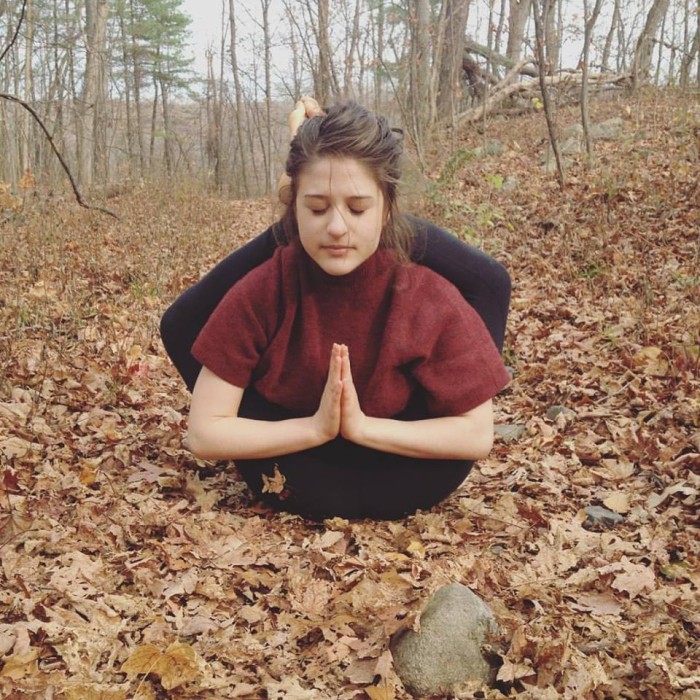A year ago, if you were to ask me to name my favorite form of exercise, I would have said running without missing a beat. I started running in high school, continuing the sport throughout college and in the years that followed. It’s hard to say exactly how I acquired an interest in running—I was never involved in sports as a child, only ballet—and it felt like a slightly disjointed transition to such a cardio-heavy activity.

Still, there were a lot of things that attracted me to running: its goal-oriented and competitive nature, its accessibility, the dull monotony of placing one foot in front of the other. There were also a lot of things that I loathed about it, such as the endurance aspect. Running was, above all, a form of escapism, not only from the stress of day-to-day life, but also from myself.
I started to run around the same time that I developed a tenuous relationship with food, and as is the case with others who have eating disorders, exercise became a way for me to exert control over my body in ways that I was unable to do with food. Every morning was a chance to burn calories, a chance to slough off the fat on my thighs and stomach. I prided myself in my ability to disguise obsession with a strong-willed asceticism.
When I started to attend yoga classes, they were more of a supplement than a replacement to running. It’s hard to ignore the spoken benefits of yoga, but I wasn’t quite ready to relinquish my reliable cardio workout. Then, this past spring, I woke before dawn ready to hit the pavement when I had this sudden realization: I didn’t want to run anymore. Running was my burden, a burden that cohered with an illness…an illness I desperately wanted to overcome.
Still wanting to find a way to exercise, I started to attend more and more yoga classes. I was shocked to discover that my weight remained stable without having to sweat outside for an hour. Instead, I found that I was becoming physically (and emotionally) stronger, and at the end of each class I felt a renewed sense of possibility for the practice.
This past year, I started practicing Ashtanga yoga, which is an ancient sequence of postures transmitted by Sri K. Pattahbi Jois, a method that informs many Vinyasa-style classes today. Whereas running allowed me to zone out, Ashtanga gently lays out a path to delve deep inside the self; it’s a moving meditation that also appeals to my former dancer self. It’s challenging in ways that seem impossible, and I love a good challenge. But yoga is tricky in that it requires patience—years and years of consistent practice—to execute any one posture. Running always seemed fairly linear to me; you run a distance, and then you build up stamina to run a longer distance. Not so with yoga, which constantly asks you to overcome your perceived limitations, to gain more strength and flexibility.
Yoga has provided relief to my obsessive compulsive disorder. When I’m practicing, I feel my most authentic. Even though I’m not religious, yoga has instilled in me a spirituality and belief in something grander than myself.
*This isn’t to vilify running, of course. I believe in the benefits of running, and I think it can be a liberating activity for many people. That said, if you’re feeling ambivalent or bored with your morning runs, you may be a great candidate for yoga, especially more athletic forms like Ashtanga.
What about you? Have you ever replaced one form of exercise for another?
Also see: Ashtanga Yoga Poses to Open Hips
What I Learned from Eating Disorder Recovery
Get more like this–sign up for our newsletter for exclusive inspirational content!
Photo: Molly Lansdowne




